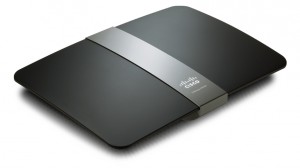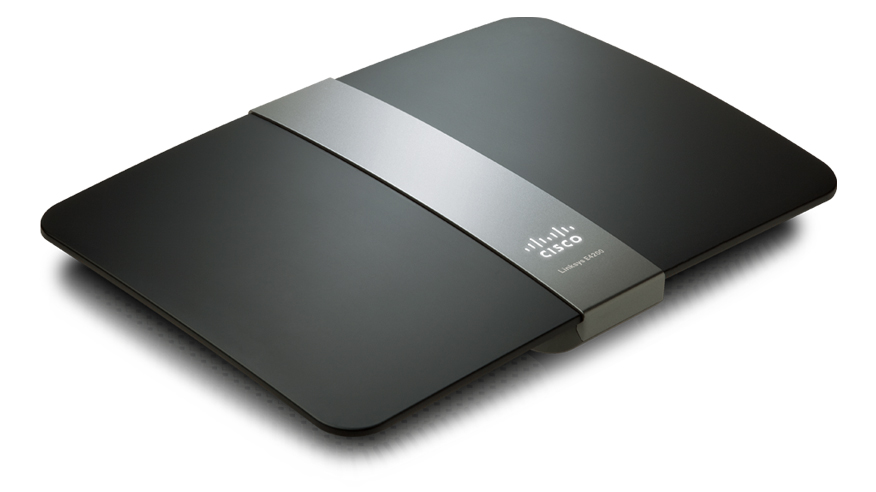One of the pieces of technology that we have in our households is the modem/router that we use to connect to the internet. It’s pretty much a set-and-forget device: you connect it to your phone line, install the filter, set it up for your connection to the ISP, and then stuff it in a corner somewhere. As long as you have your internet connection, and that connection is stable, then you forget about it.
But is that the right thing for you to do?
Technology, as we know, moves along at a fantastic pace, and over a fairly short period of time, our needs and demands change. This affects how we connect to the internet too, and it especially affects how we configure our internal network to handle the needs of ourselves and our families, as these demands grow.
Let’s look at what might be a typical, and reasonable, example.
Let’s assume that you connected to your broadband supplier about four years ago. You got a good deal, they included a wireless ADSL2 modem and router into the bargain, and you set it up, four years ago, for your needs at that time.
All’s well, right?
Well, perhaps.
What devices did you have connecting to the internet, four years ago? A desktop computer, and a laptop PC. Maybe two laptops. The desktop PC was connected using an ethernet cable, but the laptops were both connected wirelessly. You felt good, and it all worked well.
But let’s look at the situation today.
Since then, you’ve bought a new flatscreen tv for the living room. And another for the bedroom. Each of them has wireless internet access. So too does the nice new blueray player. As does the elder son’s XBox, and his younger sister’s Playstation.
Each of the kids have been given a netbook through the federal government’s computer supply scheme, and both you and your husband have new laptop systems as well.
And of course, you each have a nice smartphone, perhaps an iPhone or Android based phone, or maybe a Blackberry. Each of which is also set up to access the internet using your router’s wireless capabilities.
And we’ve not yet mentioned your iPads, have we?
That’s a very significant increase in the number of devices that you are using on your wireless network, isn’t it? But your wireless network is now four years old, and probably using 802.11B technology, which is not all that fast.
Your wireless network is actually shared bandwidth – the hardware is only capable of handling so much data at any one time, and that limit is shared across all of the devices currently on the network. If you’re the only person at home, then that’s great; it’s all yours.
But if everyone is home, and on the network at the same time, then there will be congestion. Think of a road that’s just one lane wide, but there’s fifteen cars that all want to use that single lane all at the exact same time. It just doesn’t work that well, does it?

Newer modems and routers, such as LinkSys’s E4200 or WAG160N can provide much higher throughputs of wireless data into your home network, as well as better and more modern and effective security technology. As such, perhaps a newer device should be considered in order to give your internal wireless bandwidth capacity a boost. For instance, you could just add the E4200 to an existing network, behind your existing modem, and you could gain much faster wireless network capabilities, as well better and more advanced wireless security too.
As you add more devices to your network, remember that you are putting more strain on that network, and I would suggest that you need to review your network hardware’s capacity every eighteen to twenty-four months. Look at what extra devices the network is now supporting, and in order to extract the best possible performance from it, make sure that you keep your own parts of your network’s infrastructure suitably updated.
